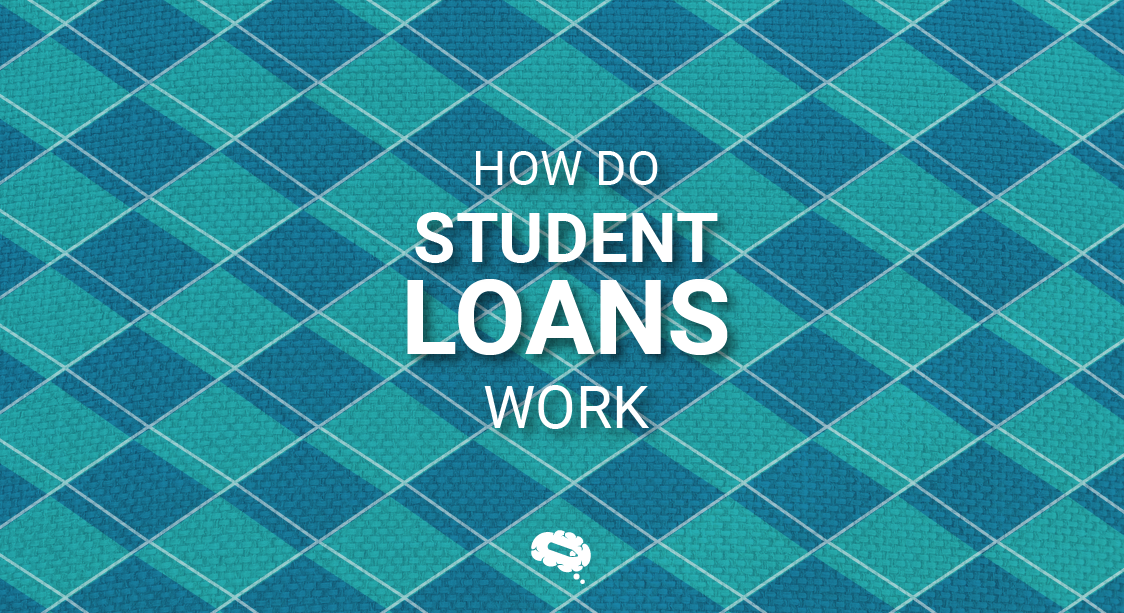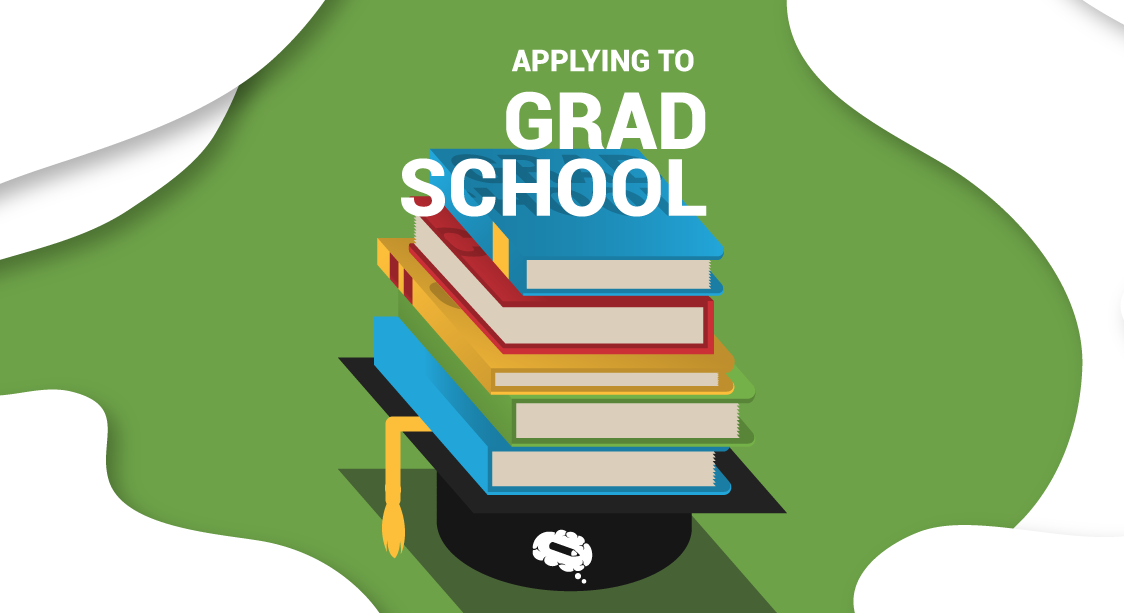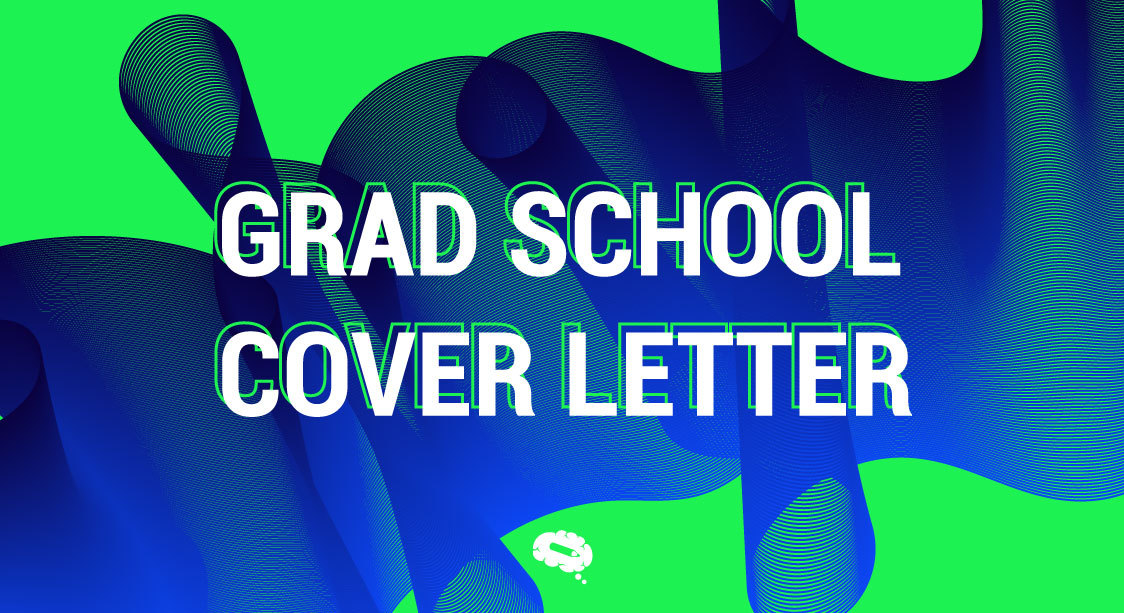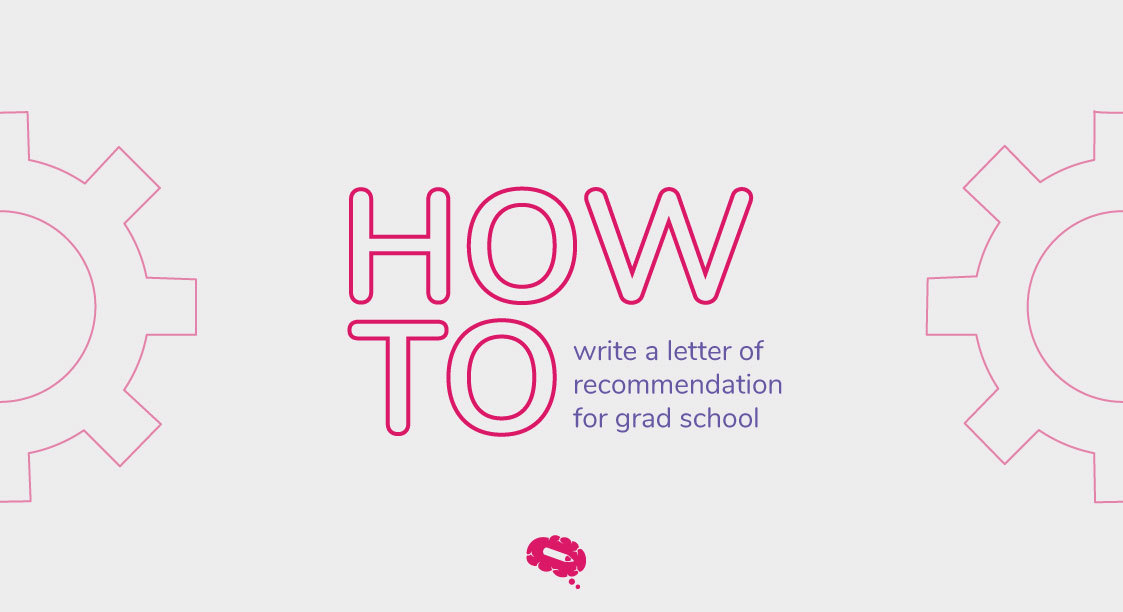Høyere utdanning har lenge vært ansett som en kritisk komponent for å oppnå karrieremessig suksess og personlig vekst. Mange studenter og deres familier opplever at det blir stadig vanskeligere å finansiere høyere utdanning på grunn av økende skolepenger, gebyrer, lærebøker og levekostnader. Det har blitt viktig å forstå hvordan studielån fungerer, ettersom studielån har vokst frem som et av de viktigste verktøyene for å hjelpe millioner av studenter med å nå sine utdanningsmål.
Studielån har utviklet seg til å bli et av de viktigste verktøyene for å hjelpe millioner av studenter med å nå sine utdanningsmål.
Det har blitt stadig mer nødvendig å ta opp studielån for å finansiere høyere utdanning, i takt med at studiekostnadene fortsetter å stige. I løpet av de siste tiårene har offentlige fireårige institusjoner opplevd en betydelig økning i skolepenger og avgifter, mens private institusjoner har opplevd enda brattere økninger. På grunn av denne trenden er det nesten umulig for mange studenter å ha råd til å studere uten å låne penger. Derfor er det viktig å forstå fordelene og risikoen ved studielån til høyere utdanning for alle som vurderer å finansiere utdanningen sin på denne måten.
Hva er et studielån?
Når du skal utforske hvordan studielån fungerer, er det viktig å forstå at et studielån er en type økonomisk støtte som skal hjelpe studenter med å dekke kostnadene forbundet med høyere utdanning, inkludert skolepenger, avgifter, bøker og levekostnader. Et studielån skiller seg fra et stipend, som vanligvis er meritterings- eller behovsbasert og ikke krever tilbakebetaling.
Ulike typer studielån: Statlig vs. privat
Statlige (føderale) studielån
Statlige, eller føderale, studielån til høyere utdanning finansieres og administreres av det amerikanske utdanningsdepartementet. Mange studenter foretrekker disse lånene fordi de tilbyr gunstigere vilkår og bedre beskyttelse enn private lån. Det føderale studielånsprogrammet kan deles inn i flere kategorier:
- Direkte subsidierte lån: Disse lånene er tilgjengelige for studenter med dokumentert økonomisk behov. I løpet av den avdragsfrie perioden, utsettelsesperioden og mens en student går på skolen på minst halv tid, betaler de føderale myndighetene rentene på subsidierte lån.
- Direkte lån uten støtte: I motsetning til subsidierte lån er lån uten støtte tilgjengelig for både studenter på lavere og høyere grad, og de krever ikke at studenten kan dokumentere økonomisk behov. Selv om studenten går på skolen, er han eller hun ansvarlig for å betale alle rentene på lånet så snart det er utbetalt.
- Direkte PLUS-lån: Disse lånene er tilgjengelige for studenter med høyere utdanning eller profesjonelle studenter og foreldre til forsørgede studenter. PLUS-lån krever en kredittsjekk og kan ha høyere renter sammenlignet med andre føderale lån. I tillegg til annen økonomisk støtte er de utformet for å dekke eventuelle kostnader som ikke dekkes av andre kilder.
- Direkte konsolideringslån: Dette alternativet gjør det mulig for låntakere å kombinere flere føderale studielån for høyere utdanning til ett enkelt lån med fast rente. I tillegg til å forenkle tilbakebetalingen, kan konsolidering føre til en lengre nedbetalingstid og potensielt høyere renter.
I tillegg til inntektsdrevne nedbetalingsplaner, muligheter for utsettelse og overbærenhet og potensiell ettergivelse av lån, kommer føderale lån med en rekke fordeler, for eksempel Public Service Loan Forgiveness (PSLF).
Private studielån
Et privat studielån tilbys av en privat långiver, for eksempel en bank, en kredittforening eller en nettbasert långiver. Når føderale studielån til høyere utdanning ikke er tilstrekkelige til å dekke alle utdanningskostnadene, brukes disse lånene vanligvis til å supplere dem. Vilkårene for private lån kan variere mye avhengig av långiveren, og de er ikke regulert eller finansiert av myndighetene.
- Rentesatser: Private studielån til høyere utdanning har ofte høyere rente sammenlignet med føderale lån, og disse rentene kan enten være faste eller variable. På lang sikt kan variable renter bli mer risikable ettersom de starter lavere, men øker over tid.
- Krav til studiepoeng: Private långivere krever vanligvis en kredittsjekk, og lånevilkårene er ofte basert på låntakerens kredittverdighet. For å kvalifisere seg for et lån eller for å sikre seg en lavere rente, kan studenter med begrenset kreditthistorikk eller lavere kredittpoeng trenge medlåntakere.
- Vilkår for tilbakebetaling: Tilbakebetalingsvilkårene for private lån er generelt mindre fleksible enn for føderale lån. Det finnes ingen inntektsdrevne nedbetalingsplaner eller muligheter for ettergivelse av lån fra långiverne, selv om noen kan tilby utsettelse eller betalingsutsettelse.
Å velge mellom føderale og private lån
De lavere rentene, de fleksible nedbetalingsplanene og låntakerbeskyttelsen ved føderale lån gjør dem til et bedre valg for de fleste studenter. På grunn av potensialet for høyere kostnader og mindre gunstige vilkår kan private lån være nyttige i situasjoner der føderale lån og andre former for økonomisk støtte ikke dekker hele utdanningskostnaden.
For å kunne ta informerte beslutninger om finansiering av utdanningen og gjeldshåndtering etter endt utdanning er det viktig å forstå forskjellene mellom disse låntypene.
Hvordan fungerer studielån?
Mange studenter er avhengige av økonomisk støtte, men få forstår hvordan studielån fungerer og prosessen de må navigere gjennom. For å kunne ta informerte beslutninger om finansieringen av utdanningen din, må du forstå hvordan disse lånene fungerer. Her får du en detaljert oversikt over studielån til høyere utdanning, fra søknad til tilbakebetaling.
Søknadsprosess: Slik søker du om studielån
Føderale studielån
FAFSA (Free Application for Federal Student Aid) er det første trinnet i søknaden om et føderalt studielån. For å avgjøre om du er kvalifisert for føderal studiestøtte, inkludert stipend, work-study og lån, innhenter FAFSA informasjon om familiens økonomi.
Fremgangsmåte for å fylle ut FAFSA:
- For å signere FAFSA elektronisk trenger både du og foreldrene dine en FSA-ID.
- Du trenger personnummeret ditt, foreldrenes personnummer, samt føderale selvangivelser, W-2-er og andre økonomiske dokumenter.
- FAFSA krever at du oppgir informasjon om inntekt, formue og andre økonomiske opplysninger om deg og familien din. Hvis du er interessert i å gå på en bestemt skole, må du huske å oppgi dem.
- Når du har sendt inn FAFSA, mottar du en Student Aid Report (SAR), som oppsummerer hva du er berettiget til av økonomisk støtte.
Private studielån
Private studielån til høyere utdanning kan være tilgjengelige gjennom banker, kredittforeninger og nettbaserte långivere hvis føderale lån ikke dekker alle utdanningskostnadene dine.
Fremgangsmåte for å søke om et privat lån:
- Sammenlign private långiveres renter, tilbakebetalingsvilkår og låntakerbeskyttelse.
- Det kan hende du må sjekke kredittpoengene dine før du søker om et privat lån, i motsetning til et føderalt lån. Renten kan være lavere hvis du har en høyere kredittverdighet.
- Du kan søke på nettet eller personlig via långiverens nettsted. I tillegg til å oppgi personlig informasjon, må du også oppgi detaljer om skolen din og hvor mye penger du ønsker å låne.
- For studenter uten etablert kreditthistorikk kan det være nødvendig med medsignatur, for eksempel fra foreldrene.
Utbetaling av lån: Hvordan midlene mottas og brukes
Midlene utbetales til skolen din når søknaden om studielån er godkjent. Prosessen er som følger:
Føderale lån
- Direkte utbetaling: Føderale studielån til høyere utdanning utbetales vanligvis direkte til skolen din i to rater hvert semester.
- Skolepenger og avgifter: Lånepengene dine brukes til å betale skolepenger, gebyrer og eventuelle andre kostnader.
- Refusjon: Hvis det gjenstår penger etter at alle kostnader er betalt, vil skolen utstede en refusjon til deg. I tillegg til lærebøker, utstyr og levekostnader kan du bruke disse pengene til andre utdanningsrelaterte utgifter.
Private lån
- Utbetalingsmetode: Du kan få privatlånet ditt direkte fra skolen eller, i noen tilfeller, direkte fra bankkontoen din.
- Bruk: Midlene brukes først til skoleutgifter, og refunderes deretter til andre utdanningsutgifter hvis det gjenstår noen.
Rentesatser: Forklaring av fast vs. variabel rente
Siden rentene bestemmer hvor mye du skal betale tilbake i løpet av lånets løpetid, er det avgjørende å forstå hvordan de fungerer.
Faste rentesatser
En fast rente forblir den samme gjennom hele lånets løpetid. Det blir enklere å budsjettere fordi de månedlige innbetalingene er forutsigbare.
- Føderale lån: De fleste føderale studielån til høyere utdanning har faste rentesatser, som fastsettes årlig av myndighetene.
- Private lån: Du kan også finne fastrentelån hos private långivere, noe som kan være en fordel hvis du forventer at rentenivået vil stige.
Variable rentesatser
En variabel rente kan endres over tid, avhengig av markedsforholdene. Det betyr at de månedlige utbetalingene dine kan øke eller reduseres.
- Selv om de variable rentene starter lavere enn de faste rentene, kan de stige, noe som potensielt kan øke den totale tilbakebetalingen.
- Mange private långivere tilbyr lån med flytende rente, noe som er attraktivt hvis du forventer å betale tilbake lånet raskt eller hvis du tror at renten vil holde seg lav.
Tilbakebetaling av lån: Når og hvordan tilbakebetalingen begynner, typiske nedbetalingsplaner
Å forstå når og hvordan du skal begynne å betale tilbake studielånet ditt for høyere utdanning, er avgjørende for å kunne håndtere økonomien din etter endt utdanning.
Når tilbakebetalingen begynner
- Føderale lån: De fleste føderale studielån til høyere utdanning har en avdragsfri periode, vanligvis seks måneder etter at du er uteksaminert, har sluttet på skolen eller har gått ned til under halvtidsstudier. Det gir deg tid til å finne en jobb og stabilisere økonomien din mens du ikke trenger å betale avdrag.
- Private lån: Tilbakebetalingsvilkårene for private lån varierer fra långiver til långiver. Hvis du fortsatt er innskrevet på skolen, tilbyr noen långivere avdragsfrie perioder som ligner på føderale lån.
Typiske nedbetalingsplaner for føderale lån
- Standard nedbetalingsplan: Faste månedlige betalinger over 10 år. Denne planen gir vanligvis lavere rente over tid, men kan ha høyere månedlige utbetalinger.
- Gradert nedbetalingsplan: Du starter med lave avdrag og øker dem annethvert år, noe som gjør det enklere å administrere når du er i startfasen.
- Inntektsdrevne tilbakebetalingsplaner: Disse planene begrenser de månedlige avdragene til en viss prosentandel av den diskresjonære inntekten din, og nedbetalingstiden forlenges til 20 eller 25 år. Det er mulig å ettergi en eventuell restsaldo ved utløpet av nedbetalingstiden, men det ettergitte beløpet kan bli beskattet.
- Utvidet nedbetalingsplan: Med denne planen kan du forlenge nedbetalingstiden med opptil 25 år, noe som reduserer de månedlige avdragene, men øker de totale rentekostnadene.
Nedbetalingsplaner for private lån
- Private långivere tilbyr en rekke tilbakebetalingsalternativer, inkludert rentefrie betalinger mens du går på skole eller faste tilbakebetalingsplaner. Disse planene kan imidlertid være mindre fleksible enn de føderale.
- En refinansiering kan gi deg muligheten til å slå sammen flere lån til ett med potensielt lavere rente, men du vil miste fordelene ved føderale lån.
Ved å forstå hvordan studielån fungerer, kan du navigere i kompleksiteten ved å låne til utdanning og forberede deg på de økonomiske forpliktelsene det medfører.
Fordeler med studielån
Tilgang til college: Muligheter for studenter
Studielån har den store fordelen at de gir tilgang til høyere utdanning for studenter som ikke har de økonomiske ressursene til å betale for studiene av egen lomme. De fleste familier er ikke i stand til å dekke alle utdanningskostnadene, inkludert skolepenger, bøker, utstyr, bolig og andre levekostnader, ettersom skolepengene fortsetter å stige.
Dette gapet overbygges av studielån til høyere utdanning, som gjør det mulig for studenter å låne penger til å dekke disse kostnadene. Med økonomisk støtte kan studenter fra ulike økonomiske bakgrunner forfølge sine utdannings- og karrieremål, som ellers ville vært utenfor rekkevidde. Ved hjelp av studielån til høyere utdanning kan den enkelte forbedre inntektspotensialet sitt, sikre seg bedre jobbmuligheter og bidra positivt til samfunnet ved å gjøre utdanning mer tilgjengelig.
Fleksible tilbakebetalingsalternativer for føderale lån
En viktig fordel med studielån til høyere utdanning, særlig føderale lån, er fleksibiliteten når det gjelder tilbakebetaling. Studenter kan velge mellom flere tilbakebetalingsplaner som tilbys av det amerikanske utdanningsdepartementet, avhengig av deres økonomiske situasjon. Her er noen eksempler:
- Standard nedbetalingsplan: Denne planen sikrer at lånet nedbetales relativt raskt gjennom faste avdrag over ti år.
- Gradert nedbetalingsplan: For personer som forventes å få økt inntekt, starter utbetalingene på et lavt nivå og øker gradvis.
- Inntektsdrevne tilbakebetalingsplaner: Avdragene beregnes ut fra låntakerens inntekt og familiestørrelse, noe som gjør dem rimeligere for personer med lavere inntekt. Pay As You Earn (PAYE), Income-Based Repayment (IBR) og Revised Pay As You Earn (REPAYE).
Låntakerne kan benytte seg av disse alternativene for å håndtere gjelden sin i henhold til sine økonomiske forhold, noe som reduserer risikoen for mislighold og gjør tilbakebetalingen enklere på lang sikt.
Mulighet for ettergivelse av lån under visse betingelser
Føderale studielån til høyere utdanning gir mulighet for ettergivelse av lån, noe som kan være en stor fordel for låntakerne. Låneeftergivelsesprogrammer er utformet for å ettergi hele eller deler av låntakerens gjeld på bestemte vilkår, noe som reduserer den økonomiske byrden og oppmuntrer enkeltpersoner til å forfølge karrierer i offentlig tjeneste eller andre viktige felt. Noen av de vanligste programmene for ettergivelse av lån er
- Ettergivelse av lån i offentlig tjeneste (PSLF): Tilgjengelig for låntakere som foretar 120 kvalifiserte betalinger i henhold til en inntektsbasert nedbetalingsplan mens de jobber fulltid i en kvalifisert offentlig stilling. Når disse kriteriene er oppfylt, ettergis den gjenværende lånesaldoen.
- Ettergivelse av lærerlån: Tilskudd på opptil $17 500 til lærere som jobber på skoler med lav inntekt.
- Inntektsdrevet tilbakebetaling (IDR): Etter 20 eller 25 år med kvalifiserte betalinger i henhold til en inntektsbasert nedbetalingsplan, kan den resterende lånesaldoen ettergis.
I lavtlønnede yrker med stor sosial betydning, som undervisning, sosialt arbeid og ideelle organisasjoner, gir disse programmene låntakerne en betydelig lettelse og kan gjøre visse karrierer mer økonomisk levedyktige. Å låne til utdanning innebærer en økonomisk risiko, som reduseres av muligheten for ettergivelse av lån.
Ulemper med studielån
Gjeldsbyrde: Risikoen for å opparbeide seg betydelig gjeld
En stor ulempe med studielån til høyere utdanning er muligheten for å opparbeide seg stor gjeld. Studenter låner stadig større beløp for å dekke skolepenger, gebyrer og andre kostnader som har økt jevnt og trutt gjennom årene. Etter endt utdanning kan denne gjelden være overveldende, spesielt hvis låntakeren ikke klarer å skaffe seg en godt betalt jobb. Det kan påvirke den nyutdannedes mulighet til å spare til andre mål i livet, for eksempel å kjøpe bolig, stifte familie eller investere i pensjon.
Akkumulering av renter: Hvordan renter kan summere seg opp over tid
Med studielån til høyere utdanning akkumuleres rentene raskt ettersom kostnadene ved å låne penger øker. Private lån har vanligvis høyere renter, og disse er enten faste eller variable, mens føderale lån vanligvis har lavere, faste renter. Låntakere betaler noen ganger mye mer tilbake enn de har lånt, fordi rentene akkumuleres på hovedstolen over tid. Ettersom rentene fortsetter å akkumuleres i perioder med betalingsutsettelse eller henstand, øker den totale lånesaldoen hvis tilbakebetalingen utsettes. Det kan øke utdanningskostnadene betydelig hvis en student bruker lang tid på å tilbakebetale lånet.
Begrenset tilbakebetalingsfleksibilitet med private lån
Tilbakebetalingsplanene for føderale studielån til høyere utdanning, inkludert inntektsbaserte tilbakebetalingsalternativer, er mer fleksible enn for private lån. I tider med økonomiske vanskeligheter kan noen private långivere tilby henstand eller utsettelse, men disse alternativene er vanligvis begrensede og mindre sjenerøse enn de føderale programmene. Hvis låntakere opplever uventede økonomiske vanskeligheter eller har lavere inntekt enn forventet, kan denne mangelen på fleksibilitet gjøre det vanskelig for dem å håndtere betalingene sine. Uteblitte betalinger, forsinkelsesgebyrer og gjeldsspiral kan bli resultatet når betalingsplanene ikke kan justeres.
Innvirkning på kredittverdighet og finansiell fremtid
Studielån kan ha en langsiktig innvirkning på låntakerens kredittverdighet og generelle økonomiske helse. Rettidig betaling av studielån til høyere utdanning kan bidra til å bygge opp en positiv kreditthistorikk, men manglende eller forsinkede betalinger kan skade kredittpoengene, noe som gjør det vanskeligere å kvalifisere seg for fremtidige lån eller få gunstige renter. En dårlig kredittverdighet kan påvirke muligheten til å leie en leilighet, kjøpe en bil eller til og med få visse jobber. I tillegg kan høy studiegjeld øke låntakerens gjeldsgrad, noe som er en nøkkelfaktor som långivere tar hensyn til når de godkjenner lån til bolig, bil eller andre større kjøp. Dette kan begrense de økonomiske mulighetene og skape stress når låntakeren skal navigere i livet etter studiene.
Håndtering av studielånsgjeld
For å opprettholde økonomisk stabilitet og minimere langsiktig økonomisk stress er det viktig å håndtere studielånet til høyere utdanning på en effektiv måte. Her er noen tips til hvordan du kan forvalte studielånet ditt til høyere utdanning på en fornuftig måte:
- Begynn tilbakebetalingen tidlig: Hvis det er mulig, bør du begynne å betale mens du fortsatt går på skolen eller i den avdragsfrie perioden. Beløpet du skylder etter endt utdanning, kan reduseres selv med små rentebetalinger.
- Hold deg organisert: Hold oversikt over lånene dine, inkludert beløp, renter og tjenester. Organiser og overvåk lånebetalingene dine ved hjelp av nettbaserte verktøy og apper.
- Gjør betalinger i tide: Rettidig betaling er avgjørende for å opprettholde en god kredittverdighet. For å unngå forsinkelsesgebyrer kan du sette opp automatiske betalinger for å sikre at du aldri går glipp av en forfallsdato.
- Betal mer enn minimumsbeløpet: Når det er mulig, bør du betale mer enn minimumskravet. Over tid reduserer denne ekstrabetalingen rentene som påløper på hovedstolen.
- Prioriter lån med høy rente: Hvis du har flere lån, bør du fokusere på å betale ned de med høyest rente først. Du kan spare penger i det lange løp ved å bruke denne strategien, også kjent som skredmetoden.
- Utforsk programmer for ettergivelse av lån: Avhengig av hvilken karriere du har, kan du være kvalifisert for programmer for ettergivelse av lån, for eksempel Public Service Loan Forgiveness (PSLF). Finn ut om du kvalifiserer for programmet, og søk.
Lag en engasjerende visuell fremstilling av forskningsartikkelen din
Engasjer publikum med visuelt tiltalende bilder som er utviklet på grunnlag av forskningen din, slik at du sparer tid og fanger oppmerksomheten deres. Enten det dreier seg om intrikate datasett eller komplekse konsepter, Mind the Graph gir deg muligheten til å lage engasjerende infografikk. Med vår intuitive plattform kan du raskt lage flotte bilder som kommuniserer ideene dine på en effektiv måte. Vårt team av eksperter er tilgjengelig for å gi deg støtte og veiledning om nødvendig. Begynn å skape i dag, og gjør et varig inntrykk. Besøk vår nettsted for mer informasjon.

Abonner på nyhetsbrevet vårt
Eksklusivt innhold av høy kvalitet om effektiv visuell
kommunikasjon innen vitenskap.





